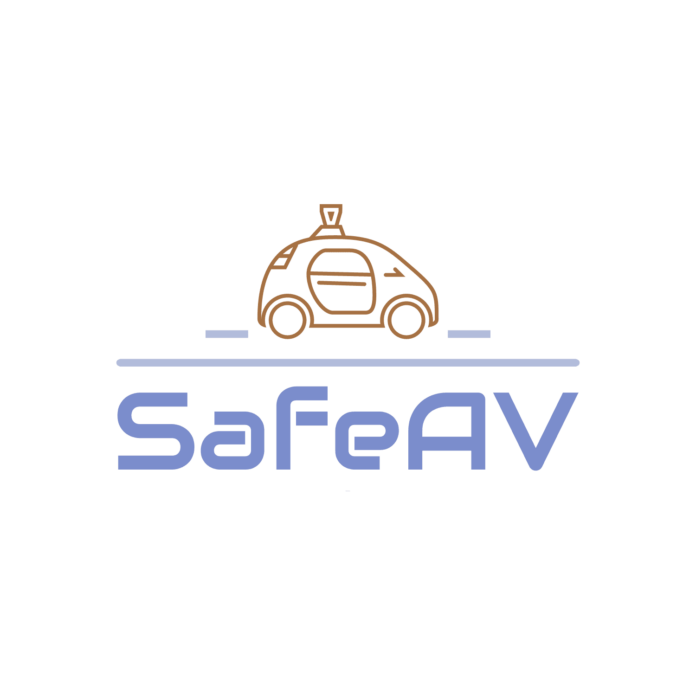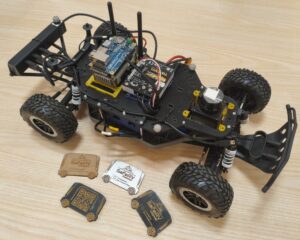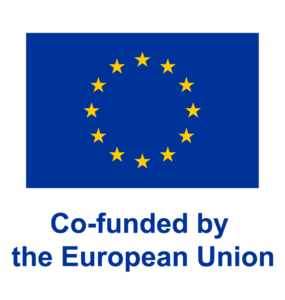A new European cooperation project titled SafeAV – Harmonization of Autonomous Vehicle Safety Validation and Verification for Higher Education has officially been launched under the Erasmus+ Programme of the European Union. This three-year initiative (2024–2027) brings together universities and companies from Estonia, Latvia, Poland, and the Czech Republic to address a pressing challenge: how to equip the next generation of engineers and professionals with the knowledge and tools to ensure the safety of autonomous vehicles. Among the project partners is the Czech Institute of Informatics, Robotics and Cybernetics (CIIRC CTU), which contributes to the development of practical training exercises, academic materials, and the testing of teaching methodologies using the F1/10 experimental platform—a miniature autonomous race car designed for education, research, and control algorithm validation.
Autonomous systems—such as self-driving cars, delivery robots, and drones—are increasingly becoming part of everyday life. Their safe, responsible, and trustworthy integration into society requires a new level of interdisciplinary education. SafeAV responds to this need by developing a unified and flexible educational framework that supports both technical depth and ethical awareness.
The project will deliver a modern, modular curriculum covering the fundamentals of AV safety as well as specialized content on validation and verification (V&V). These materials will be made available through open digital learning platforms, combining theoretical foundations with practical case studies—such as autonomous shuttle buses, drones, and robotic systems. Additionally, AI-powered tools will help educators and learners personalize learning pathways across both bachelor’s and master’s levels.
CIIRC CTU: hands-on experience with the F1/10 platform
The Czech Technical University in Prague is represented in the project by the Czech Institute of Informatics, Robotics and Cybernetics (CIIRC CTU), led by Libor Přeučil. The CIIRC team focuses on developing hands-on lab exercises and modular course content that guide students through designing and evaluating the safety features of autonomous systems—from sensor-level functionality to software integrity and system-level compliance.
A key component of the Czech contribution is the use of the F1/10 platform, a 1/10th scale autonomous vehicle based on the international F1Tenth competition framework. Developed and continually enhanced by students in team-based projects, this open and customizable platform serves as a practical tool for prototyping and testing autonomous driving algorithms. As part of the SafeAV course activities, students will use the F1/10 model to tackle tasks such as intersection navigation, obstacle avoidance, and robustness against sensor failures or cyberattacks—reflecting real-world autonomous driving challenges.
The platform is also used in thesis work, research experiments, and algorithm development, and enables students to engage in competitive and exploratory learning within a safe and controlled environment.
Project outcomes: open-access courses for bachelor’s and master’s students
SafeAV will produce two complete modular course packages with an expected workload of 4–6 ECTS credits each:
- one designed for bachelor’s students, focusing on the application of V&V methods in autonomous system software,
- and one for master’s students, addressing the design of validation and verification processes at the system level.
All learning materials will be available as open-access digital resources and can be adapted to fit various institutional contexts and student prerequisites.
SafeAV Consortium Partners:
- ITT Group (Coordinator, Estonia)
- Tallinn University of Technology (Estonia)
- Riga Technical University (Latvia)
- Silesian University of Technology (Poland)
- Prodron sp. z o.o. (Poland)
- Czech Technical University in Prague / CIIRC (Czech Republic)
Project reference: 2024-1-EE01-KA220-HED-000245441
🔗 Project webpage
Funded by the European Union. Views and opinions expressed are however those of the author(s) only and do not necessarily reflect those of the European Union or the European Education and Culture Executive Agency (EACEA). Neither the European Union nor EACEA can be held responsible for them.





